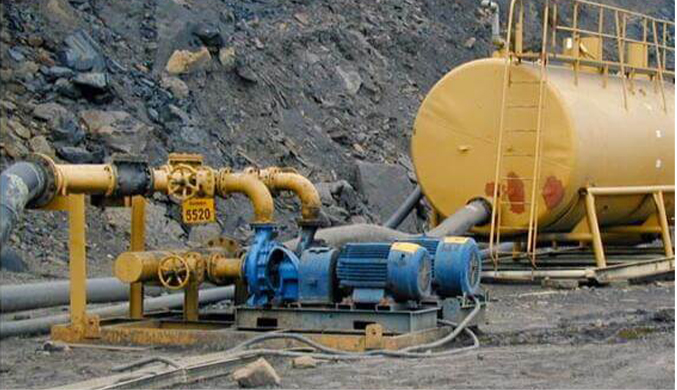Armenian
- Afrikaans
- Albanian
- Amharic
- Arabic
- Armenian
- Azerbaijani
- Basque
- Belarusian
- Bengali
- Bosnian
- Bulgarian
- Catalan
- Cebuano
- Corsican
- Croatian
- Czech
- Danish
- Dutch
- English
- Esperanto
- Estonian
- Finnish
- French
- Frisian
- Galician
- Georgian
- German
- Greek
- Gujarati
- Haitian Creole
- hausa
- hawaiian
- Hebrew
- Hindi
- Miao
- Hungarian
- Icelandic
- igbo
- Indonesian
- irish
- Italian
- Japanese
- Javanese
- Kannada
- kazakh
- Khmer
- Rwandese
- Korean
- Kurdish
- Kyrgyz
- Lao
- Latin
- Latvian
- Lithuanian
- Luxembourgish
- Macedonian
- Malgashi
- Malay
- Malayalam
- Maltese
- Maori
- Marathi
- Mongolian
- Myanmar
- Nepali
- Norwegian
- Norwegian
- Occitan
- Pashto
- Persian
- Polish
- Portuguese
- Punjabi
- Romanian
- Russian
- Samoan
- Scottish Gaelic
- Serbian
- Sesotho
- Shona
- Sindhi
- Sinhala
- Slovak
- Slovenian
- Somali
- Spanish
- Sundanese
- Swahili
- Swedish
- Tagalog
- Tajik
- Tamil
- Tatar
- Telugu
- Thai
- Turkish
- Turkmen
- Ukrainian
- Urdu
- Uighur
- Uzbek
- Vietnamese
- Welsh
- Bantu
- Yiddish
- Yoruba
- Zulu
Telephone: +86 13120555503
Email: frank@cypump.com
Դկտ . 09, 2024 16:37 Back to list
Agitator-Equipped Submersible Pump for Efficient Mixing and Fluid Transfer Solutions
The Role and Importance of Submersible Pumps with Agitators
Submersible pumps with agitators play a vital role in various industries, including wastewater treatment, construction, agriculture, and oil extraction. These specialized pumps are designed to operate while submerged in liquids, making them particularly effective for applications involving heavy solids and viscous substances, which are often challenging for standard pumps to handle.
Understanding Submersible Pumps with Agitators
A submersible pump is a pump that is positioned beneath the surface of water or other liquids. It typically consists of a motor attached to a pump body, which is submerged in the fluid it is designed to pump. This design eliminates the need for suction lines, as the pressure at the pump’s surface can push the liquid upward through the discharge pipe.
One key feature of submersible pumps with agitators is the built-in agitator mechanism, which is crucial for preventing sediment from settling at the bottom of the tank or pit. The agitator stirs the liquid, keeping solids in suspension and allowing for the efficient removal of sludge and other debris. This is especially important in wastewater management where the presence of solids can lead to clogging and system failures if not properly managed.
Applications in Various Industries
1. Wastewater Treatment In municipal and industrial wastewater treatment plants, submersible pumps with agitators are indispensable. They help ensure that solid waste is continuously mixed within the wastewater, allowing for better processing and reduction of sediment build-up that can hinder performance.
2. Construction Sites These pumps are also widely used in construction, particularly in dewatering applications where groundwater needs to be removed from construction sites, trenches, or foundations. The agitator helps manage sediment-laden water, making it easier to pump and reducing the risk of equipment damage.
3. Agriculture In agricultural settings, submersible pumps with agitators are often employed for irrigation systems and drainage solutions. The agitators ensure that water remains mixed, particularly when fertilizers or nutrients are added, allowing for consistent delivery of essential resources to crops.
submersible pump with agitator

4. Oil and Gas In the oil extraction process, these pumps can be used to manage fluids that contain a mix of water and hydrocarbons. The agitator helps maintain a uniform mixture, which is crucial for efficient separation processes downstream.
Advantages of Submersible Pumps with Agitators
One of the primary advantages of using submersible pumps with agitators is their efficiency in handling liquids containing solids. Traditional pumps often struggle with high solid content, leading to wear and tear or even failure. In contrast, the agitator mitigates these issues by keeping solids suspended, thereby prolonging the life of the pump and reducing maintenance costs.
Additionally, submersible pumps occupy minimal surface space since they operate underwater. This feature makes them particularly advantageous in confined spaces or where above-ground infrastructure is limited. Their design also allows for quiet operation compared to surface-mounted pumps, making them better suited for residential areas or locations sensitive to noise pollution.
Challenges and Considerations
Despite their numerous advantages, submersible pumps with agitators also present certain challenges. Proper installation and regular maintenance are crucial to ensure reliable operation. Users must be aware of the specific conditions of the environment in which the pump will operate, including the temperature of the fluid, chemical content, and the type and size of solids being processed.
Moreover, choosing the right pump configuration is essential. Factors such as flow rate, head pressure, and the depth of submersion can significantly influence pump performance. Thus, it is vital to consult with manufacturers or specialists to select the appropriate model for the intended application.
Conclusion
Submersible pumps with agitators are essential components in a variety of industrial applications. Their ability to handle challenging conditions involving liquid and solid mixtures makes them invaluable in fields like wastewater treatment, construction, agriculture, and oil extraction. By understanding their operation, advantages, and limitations, users can make informed decisions to optimize their fluid management processes, ensuring efficient and cost-effective operations.
-
Heavy-Duty Mining Sludge Pumps - Wear-Resistant Slurry Handling
NewsAug.02,2025
-
Horizontal Split Case Pump with GPT-4 Turbo | High Efficiency
NewsAug.01,2025
-
ISG Series Pipeline Pump - Chi Yuan Pumps | High Efficiency, Durable Design
NewsAug.01,2025
-
Advanced Flue Gas Desulfurization Pump with GPT-4 Turbo | Durable & Efficient
NewsJul.31,2025
-
ISG Series Vertical Pipeline Pump - Chi Yuan Pumps | Advanced Hydraulic Design&Durable Construction
NewsJul.31,2025
-
ISG Series Vertical Pipeline Pump - Chi Yuan Pumps | Energy Efficient & Low Noise
NewsJul.31,2025










